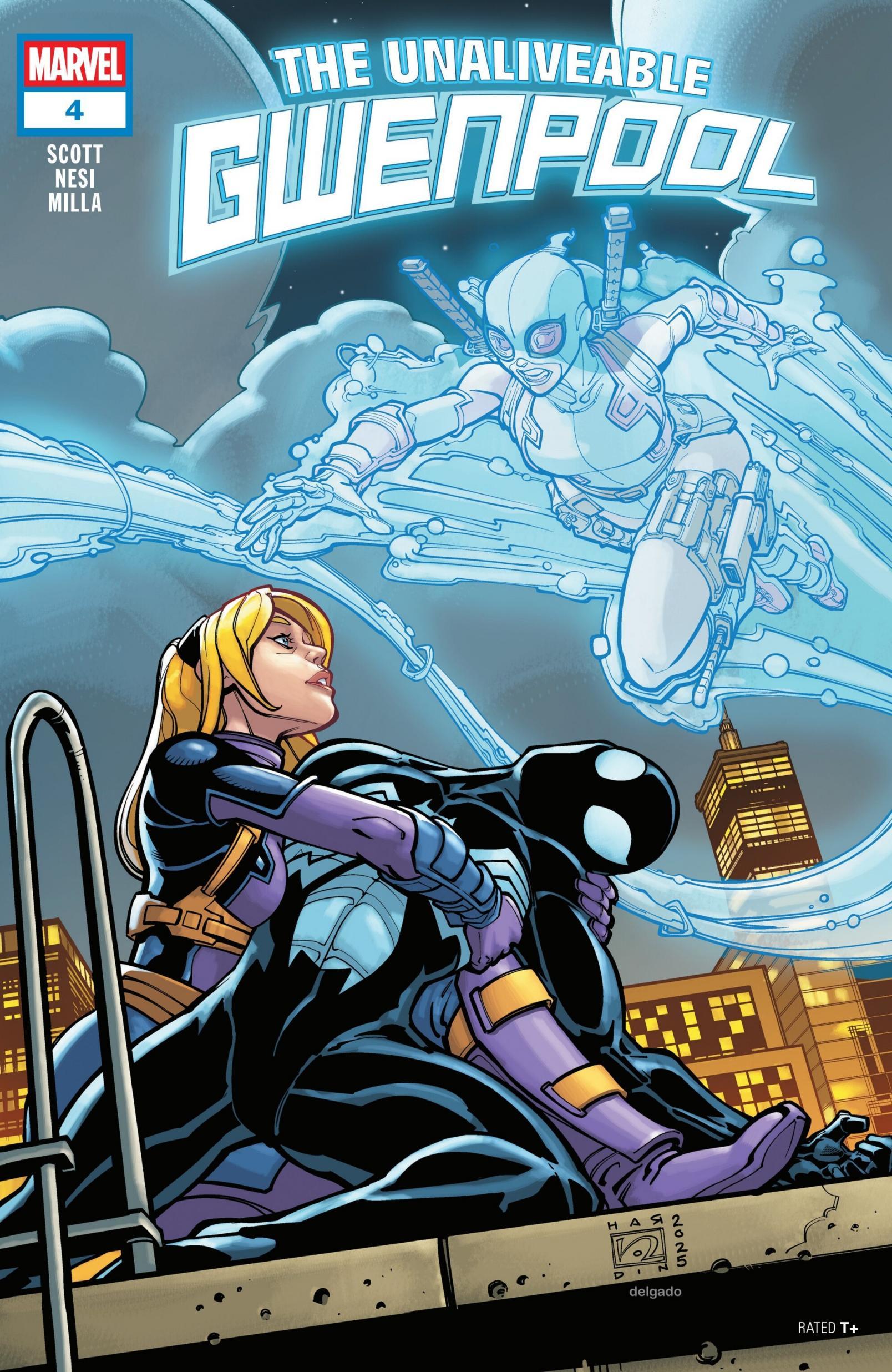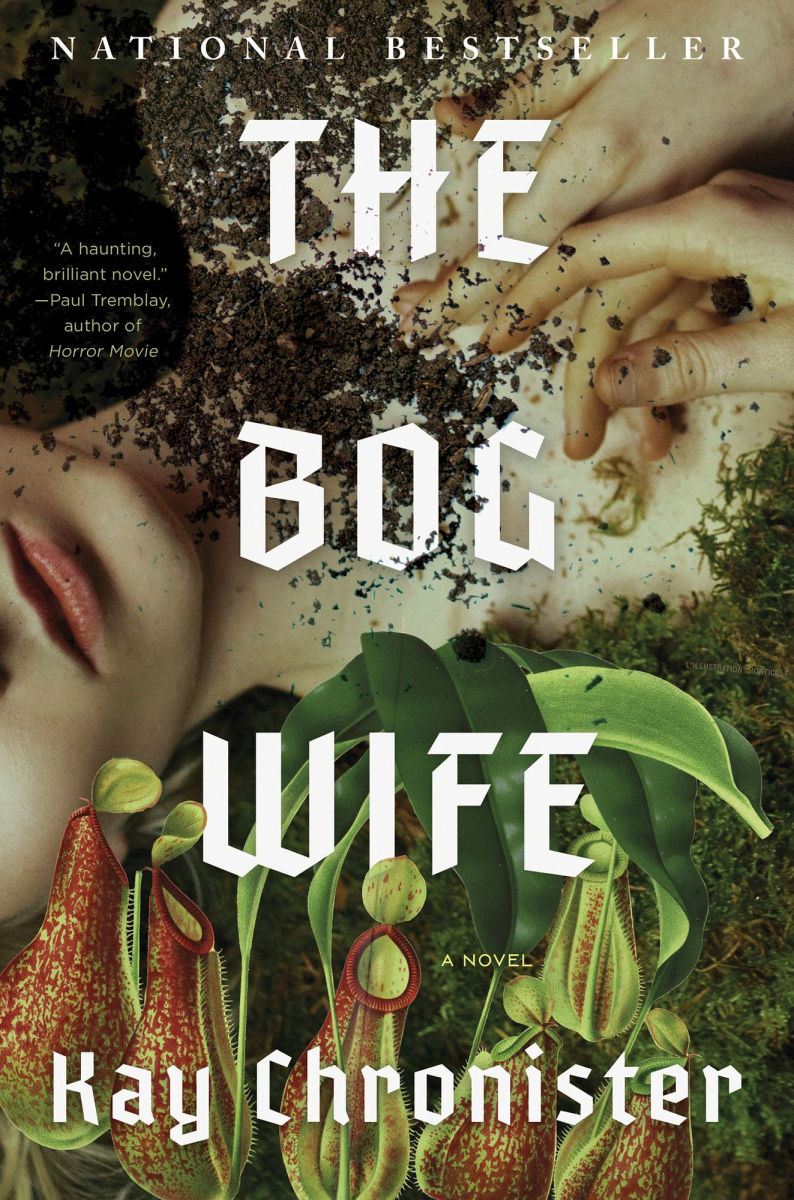Aeschylus (trans. Robert Fagles, 1966), The Oresteia(content warning for murder and cannibalism)
Three-play cycle covering Agamemnon's not-so-happy homecoming from Troy and the cycle of murder and revenge that descends from it.
btw, this is something I quibble about while I'm reading/watching: the cycle of violence began long
before the murder of Agamemnon. The first play does get into that, briefly -- Agamemnon's murder/sacrifice of his daughter, obviously, which led Clytemnestra to murder Agamemnon. A generation farther back, there's Agamemnon's
father's murder of his nephew (Agamemnon's cousin), and then the father's subsequent feeding of said murdered nephew to the nephew's father (the murderer's brother) -- which is why the brother of the murdered nephew is now teaming up with Clytemnestra. Plus also some more familial murders farther back, in which a son was sacrificed and fed to the gods... Look, the family history is a mess. The point I'm trying to make here, though, is that Clytemnestra had a
reason for what she did -- avenging her daughter! -- and the second and third parts of the Oresteia forget that, just treating her act as free-floating evil to be avenged. Is it worse to murder your mother, or leave your father unavenged, with no mention whatsoever that
Clytemnestra had some very good reasons.Which is to say: the going gets rough in this trilogy if you're a Clytemnestra fangirl.
(Also: I will never understand Electra. In a family where one parent is murdering daughters and the other parent is trying to protect or at least avenge them, I, as a daughter in the family, might side with the parent who was
protecting daughters, not the one murdering them. But hey, maybe that's just me. "Oedipal complex" is badly named, but I see what Jung was getting at with "Electra complex".)
Anywho.
In Classical Athens, tragedies were composed and performed in trilogies, and this is the only complete trilogy still extant. Which is absolutely fascinating, because Part III is very different from Parts I and II! Parts I and II each center themselves on a murder of vengeance: Clytemnestra murdering Agamemnon (in retribution for his murdering their daughter), and Orestes (their son) murdering his mother, Clytemnestra, in vengeance for his father's murder. Very tragical, very shock-and-horror, very bloody, very parallel.
And then Part III...! Part III is a completely different thing! Part III is the question "How will this cycle of violence ever end?" and the answer is "With Athenian democracy!" And to give you a sense of how
weird that is, it's as if we were watching a set of very intense plays about King Arthur and his knights, and then in act three suddenly John Philip Sousa starts playing, stars-and-stripes bunting falls from the proscenium, and we use the Power of the Ballot Box to solve Lancelot's problems. It's
weird, man! We just jumped several centuries and to another polity! Lancelot is suddenly having a conversation with Uncle Sam about the virtue of democracy!
Anyway, a bunch of Athenian citizens have a vote on whether to acquit Orestes or not (they decide yes, because Dads Rule and Moms Drool), and then Athena does some pretty intense diplomacy with the Furies to talk them down into accepting a bribe instead of chasing Orestes forever.
Whew.
I will re-iterate something that I learned long ago with Shakespeare, and which holds here: I never get as much from reading a play as I do from seeing a staging. Here, I recommend the 1983 Peter Hall performances, which tried to stage the Oresteia as it would have been staged in Classical Athens: masks, entirely male cast, music and chanting, etc. The Peter Hall recordings really emphasized how parallel Parts I and II are (the reveal of the bloody tableau in both plays are exactly parallel), and there's some beautiful stuff with the net that Clytemnestra used to snare Agamemnon, coming back in part II to snare Orestes.
I will also point out something that's not obvious on the page: when the chorus is pearl-clutching about how unnaturally
masculine Clytemnestra is... well. That's a man there. Wearing a dress. I can see him. It feels a bit like all the gender play in Shakespearean comedies, with a man playing a woman disguised as a man, and the text winking about it.
I will leave you with the 1983 Peter Hall stagings:
Part I: AgamemnonPart II: Libation BearersPart III: Furies 






